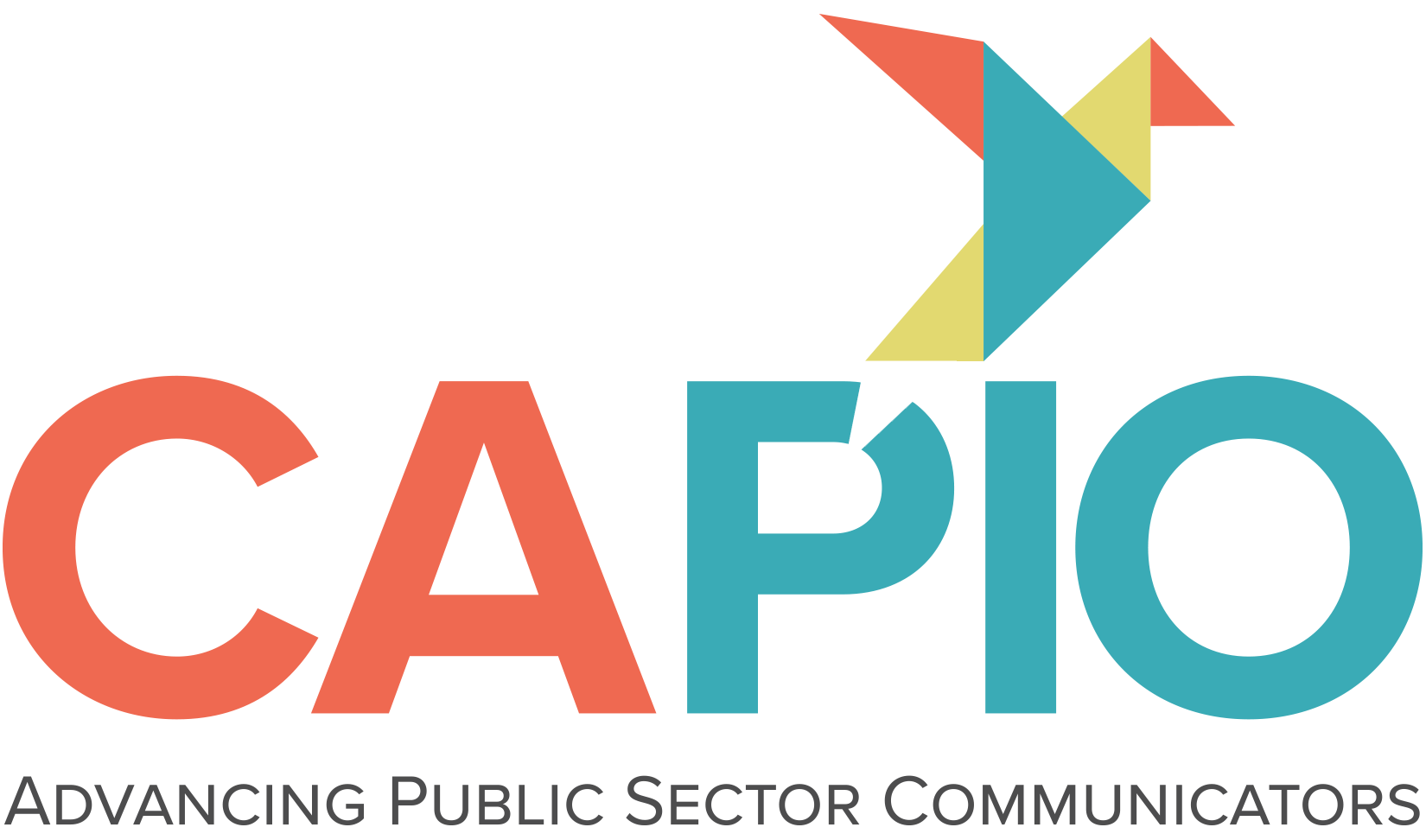CAPIO presents free webinars for members and non-members
To provide California communicators with first-hand, relevant information when responding to the COVID-19 crisis, CAPIO hosted several free webinars the month of March and April.
Webinar topics included:
- Staying in front of COVID-19 Crisis Messaging, Strategies and Tactics
- Ask Us Anything: Crisis Communications Panel
- How to Use Social Science in Communication to Decrease Fear and Build Trust
- Practicing PIO Mental Health and Self Care in Times of Uncertainty,
- Communicating During a Pandemic-Using Social Media
- and Communicating Effectively with the Media during a Pandemic
These webinars are currently available to members and non-members for free on our webinar page.
In May, CAPIO will be offering a webinar on Strategic Communications: a 7 point check-up for your Communications and Outreach program. This webinar qualifies for the J. Lindsay Wolf Certificate in Communications program for the category of strategic communications. Visit CAPIO.org/calendar for more information.
Here are a few key takeaways from past webinars:
Ask Us Anything – Communicating and Managing During and After the Crisis
During this Q&A, six seasoned communicators shared how their agencies provided relevant and accurate information as the situation continued to rapidly evolve.
From reaching those who are not online to responding to those who are spreading misinformation, the experienced panel shared how they responded to various questions and concerns received from the community.
It’s Scary Out There – How to Use Social Science in Communication to Decrease Fear and Build Trust
When consumed by fear, many will resort to fleeing, freezing or fighting. Even the most logical thinkers will lose their ability to reason when overwhelmed by fear.
Melissa Elliot and Sam Villegas, of Raftelis, shared how social science can help decrease fear and build trust.
- During a crisis, when we do not speak up, we leave an empty space for others to fill.
Misinformation can spread quickly. By remaining silent, we may end up needing to become more defensive in our response.
- Follow Covello’s 27-9-3 Rule
When we are stressed the human brain can effectively process no more than 27 words, that can be spoken in 9 seconds, that have 3 or fewer pieces of information.
- Use the CAP Template to assist in responding quickly
- Caring Message: Start by sharing a message that conveys care, concern and empathy, while still communicating the seriousness of the situation.
- Action Message: Let the public know how you are going to or have addressed the situation.
- Perspective Message: Provide information that puts the issue in perspective or context.
Communicating During a Crisis: Using Social Media to Share Your Story Quickly, Authentically and Transparently
Social media is a powerful tool, especially during a crisis, as it allows for communicators to reach a broad audience almost instantly. The City of Temecula shared how they developed engaging content to effectively reach their community.
- Establishing a brand
- When responding to the crisis, the first step taken was establishing a brand that would be used across all platforms including the City’s website, social media and public access channel.
- Managing comments and direct messages
- Always acknowledge comments and direct messages by setting up automatic responses. This shows followers that there is someone on the other end and will be able to respond soon.
- Taking a break from the seriousness
- Increase engagement by launching an encouraging campaign. The #TemeculaFUNathome campaign highlighted the community and the activities they participated in while staying safer at home.

